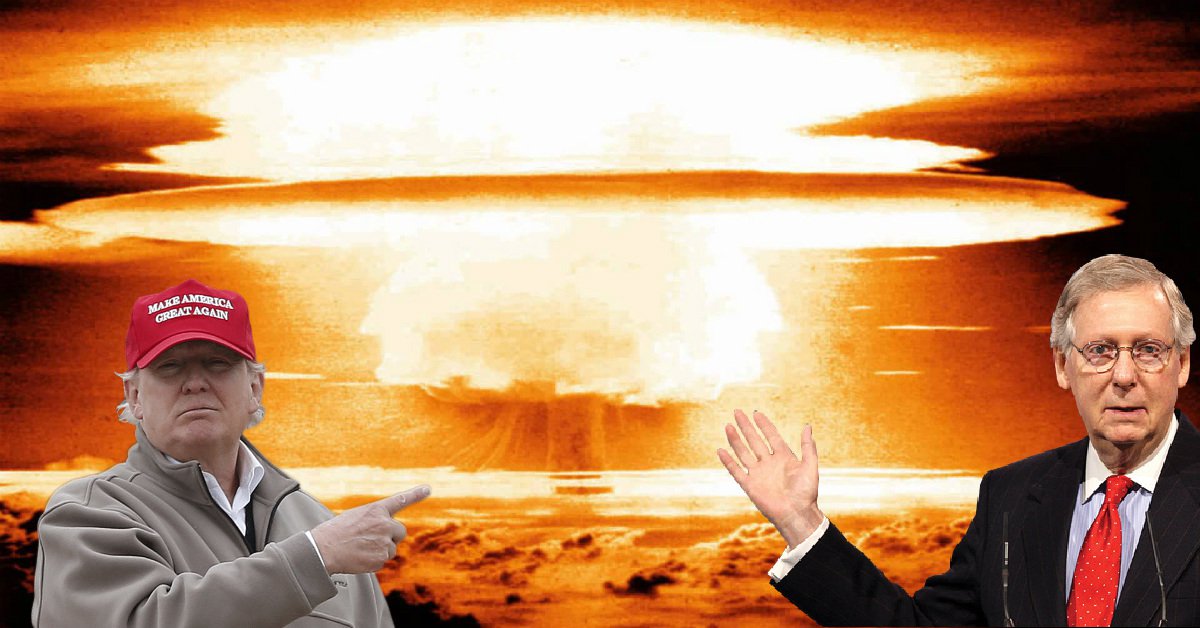
It does so from a US perspective, as the author’s experience is with the US military and intelligence communities. It takes the lexicon of nuclear operations as its starting point, while acknowledging the differences between nuclear and cyber operations. This essay is an effort to move discussion of strategic cyber warfare toward operational and tactical considerations.

ĭiscussion about cyberwar and offensive cyber operations (OCO) have thus far mirrored the early nuclear age, often neglecting C3I and operational issues in favor of more theoretical debates. By the end of the Cold War, scholars were able to attempt unclassified models of the Single Integrated Operational Plan (SIOP), the US nuclear war plan. This appreciation greatly improved the discourse on nuclear strategy as discussion became less ethereal even at the unclassified level. īeginning in the 1970s scholars began to appreciate the importance of C3I, targeting, and operational issues for nuclear war. Yet it also reflected a general view that nuclear weapons were radically different than conventional weapons. This was in part due to dearth of information available about these topics, sometime even for those with security clearances (on the limitations even analysts with security clearances faced, see ).

Critical issues of command, control, communications, and intelligence (C3I) as well as targeting and planning operations were frequently ignored or elided. For the first three decades of the nuclear age, discussion of nuclear strategy (particularly academic discussion) overwhelmingly focused on theoretical aspects of deterrence and certain stylized properties of weapons (yield, accuracy, etc.).


 0 kommentar(er)
0 kommentar(er)
